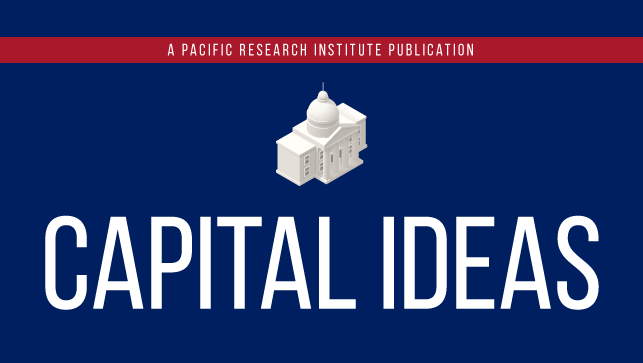The Golden State’s high-speed rail project, moving slower than a handcar and carrying fewer passengers, seems to be losing the popularity it once enjoyed. On the same day the Legislature passed a budget with no money for the bullet train, we learned that more Californians would prefer to shut it down than keep it going.
Lawmakers sent Gov. Gavin Newsom a $262.2 billion spending package on June 28 without the inclusion of $4.2 billion the governor and the High Speed Rail Authority had asked for. They weren’t polled, but, unless they’re playing a deep political game, or they’re relying on the Biden administration to deliver the funds, their support for the train appears to be waning.
Nearly 700 registered voters, however, were polled about the project in the middle of March – and 42% said the state should shut down construction of the system and apply the funds elsewhere, while 41% want construction to continue, the San Francisco Chronicle reported. The poll was conducted by Goodwin Simon Strategic Research and commissioned by the Assembly Democratic Caucus, and its results clearly indicate a decline in enthusiasm. Thirteen years ago, when Californians approved a $10 billion bond to fund the line, it was supported by nearly 53% of voters; only a little more than 47% opposed it.
No one can blame them for their shifting preferences. After all, the entire enterprise has been, well, a train wreck without a train.
Without new funds, the High Speed Rail Authority says it “will be forced to suspend most construction activity” and redirect the money it has on hand to pay the “costs related to closing construction sites and, later, to delay claims.”
At this point, serious discussions about shutting down the project wouldn’t be the worst thing in the world.
While some heads would explode at the thought, there’s precedence in California. The Auburn dam, which would have straddled “a gorge downstream of the confluence of the North and Middle Forks of the American River and upstream of Folsom Reservoir,” and was conceived in the 1950s, was never built, even after construction began in 1968 and work on the foundation started six years later. It was eventually killed in 2008, when the State Water Resources Control board revoked the U.S. Bureau of Reclamation’s water right permits, even though hundreds of millions had been sunk into the project.
Unlike the bullet train, the Auburn dam would have been useful. In his recent book “Winning the Water Wars,” PRI fellow Steven Greenhut points out it would have been among the largest recreational lakes in the western U.S., and generated enough hydroelectricity to power nearly a million homes. In a 2019 speech in Auburn presented to the Association of California Water Agencies, U.S. 4th District Rep. Tom McClintock said the dam could have been the “reason this region had abundant water supplies throughout the five-year drought,” storing “enough water to fill and refill Folsom Lake nearly 2 1⁄2 times.”
Is there enough political courage to give the bullet train the same treatment that the Auburn dam got? Maybe not today. But the longer the project continues to fall behind schedule, run over budget, and shrink from its promises of world-class speed and affordable fares, the likelihood it will eventually – and mercifully – be cancelled moves from wholly unthinkable to maybe an even bet.
Kerry Jackson is a fellow with the Center for California Reform at the Pacific Research Institute.

